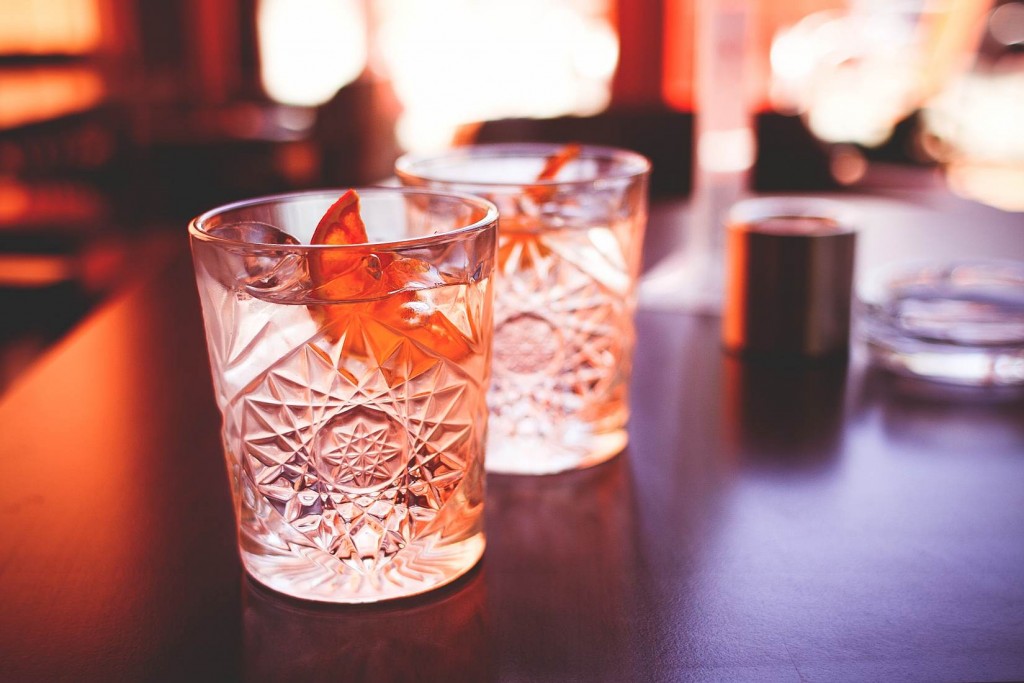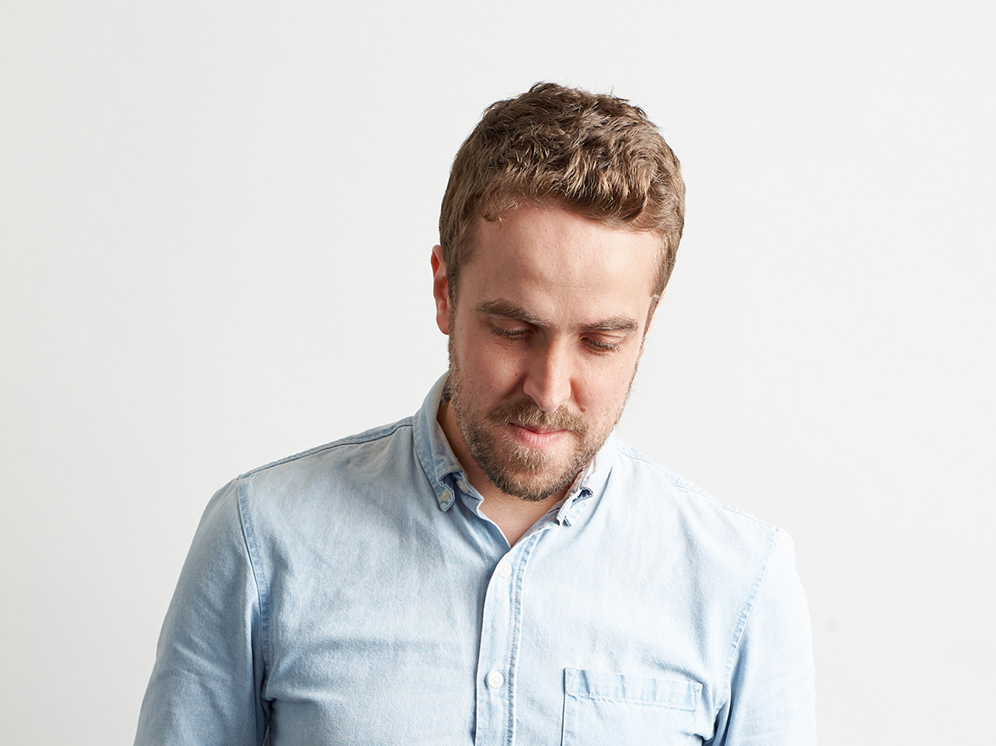Healthy boozing, from Barcelona to Basildon
Confession time – the other night I sat through an entire episode of reality TV smash hit The Only Way Is Essex. Worse still, I really enjoyed it. Dysfunctional relationships, gravity defying body augmentation, wanton backstabbing; after a tough day in the office, what’s not to love? If your answer to that question is ‘everything’, then stick with me – there’s a point to this, I promise.
You see, as a qualitative researcher who’s spent large portions of the last few years observing, understanding and discussing drinking habits amongst youth audiences, there was a scene in this particular episode that really struck a chord with me. A group of lads, sat around a table in a bar, putting the world to rights. So far, so normal (perma-tans aside). Except for one glaring omission – beer. Vodka tonics aplenty, but not a single pint in sight. For those of us who came of (drinking) age in the early noughties, it’s a scenario that initially jars. On reflection however, it makes perfect sense; in an environment where the gym-honed six pack reigns supreme, the absence of amber nectar is an inevitability. In Brentwood, every calorie counts; and it’s symptomatic of a wider trend that is starting to pose some questions to the industry.

Here at Incite, we spend a lot of time prying into the drinking habits of youth audiences the world over. Of all the many challenges facing the alcohol industry in 2017, the increasing importance of health, fitness and physical appearance within many of our clients’ core target audiences is amongst the most pressing. Whether it be Essex, Moscow or Milan, we see the same thing; the 18-25 demographic care a lot more about achieving the body beautiful than generations past, and that means that they’re paying much more attention to the food and drink that passes their lips.
Much has been written about the impact of growing up in a social media goldfish bowl, and everything we see in the field suggests that this does have an impact. Relentless exposure to the outside world places huge pressure on physical appearance and, despite the reality-altering alchemy of social media, Instagram filters can only work a finite number of miracles.
That said, it would be unfair to conclude that this is solely an exercise in vanity; with binge drinking steadily decreasing and teetotalism on the up, it’s clear that health-centric messages have achieved cut through. Youth respondents of today regularly display a level of savviness around healthy eating, exercise and unhealthy excess that was simply absent even a decade ago.
Though this trend might suggest challenging times ahead for alcohol brands, it also presents some exciting opportunities for innovation. Reducing the calorific impact of alcoholic drinks is an obvious first port of call, and there are already no shortage of challenger brands looking to create havoc for the traditional big players. Vodka infused coconut water at 90 calories a serving? Look no further than Twisted Halo at your local Whole Foods. Or how about SpikedSeltzer, promising a waistline friendly 5g of carbs?
It’s not all about calories of course; there’s a significant opportunity to tell a more powerful story about calibre and provenance of ingredients. Where young drinkers in the 90s wouldn’t bat an eyelid at the cocktail of e-numbers lurking inside their bottle of Hooch, the class of 2017 demand significantly more; the unexpected surge in young millennial interest in fine wine is just one of many trends that are testament to this.
Hot on the heels of the craft beer explosion, the emergent need for healthier alcoholic options provides yet further proof that the big boys no longer have the luxury of resting on their laurels. Anchored in deep seated beliefs around health, success and happiness, the quest for a more body friendly lifestyle goes way beyond the superficial. Ignore at your peril – from Barcelona to Basildon, this one’s here to stay.





